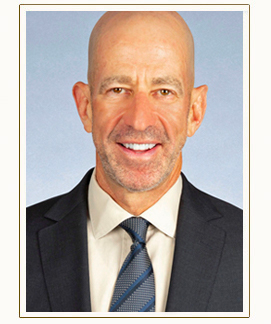Perhaps surprisingly, looking at the life and death of a 1960s rock star can teach us a few things about estate planning. Actually, it’s a lesson in what not to do.
When Jim Morrison died in 1971, he left a simple will bequeathing his entire estate to his girlfriend, Pamela Courson, provided she survived him by more than three months. If she did not, then his estate would pass to his brother and sister. Courson was Morrison’s primary beneficiary and his siblings his secondary beneficiaries. Courson did survive Morrison by more than three months, but she died in 1974, and her estate then passed to her own parents. Morrison’s parents unsuccessfully challenged the will, and Morrison’s brother and sister were left with nothing. This may have been Morrison’s intention, but probably not.
At the heart of this problem is the question of what happens to a bequest when the beneficiary dies, and that depends on whether one has left a simple will, or engaged in more careful estate planning to create a trust or trusts.
In the case of a simple will, when the person who made the will, the “testator,” dies, the estate passes to the primary beneficiary, provided the primary beneficiary has survived the testator by the specified amount of time, and met any conditions specified in the will. Once the primary beneficiary or beneficiaries receive the money, it is theirs to do with as they please. They need not take the original testator’s wishes into account in drafting their own wills, or they may fail to draft a will at all. Generally speaking, a secondary or contingent beneficiary will not receive anything from a simple will unless the primary beneficiary is ineligible to inherit.
Creating a trust provides a way to control the distribution of one’s estate much more carefully. For instance, rather than transferring a significant sum directly to certain beneficiaries, the principal can be held in trust for the benefit of those persons until their death, at which time the principal can be diverted to other uses, such as the benefit of another beneficiary. Many more potential future events can be taken into account by a well-designed trust, such as the marriage or parenthood of the beneficiaries. Careful estate planning entails confronting these potential future situations, to be sure that your estate is put to the good use you intend. Contact an attorney to learn more.
To learn more about our estate planning services, visit www.littmankrooks.com.



